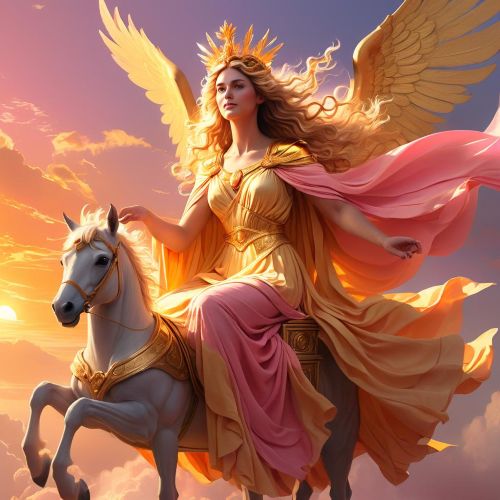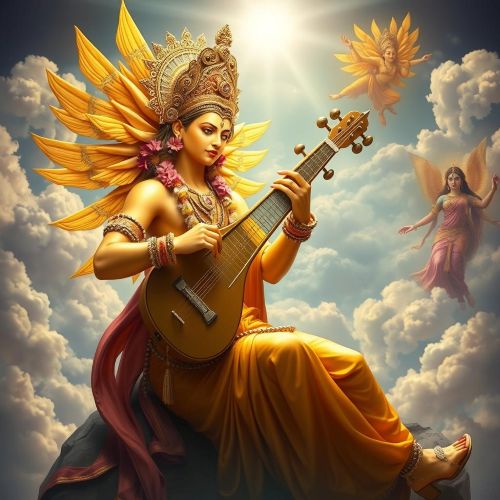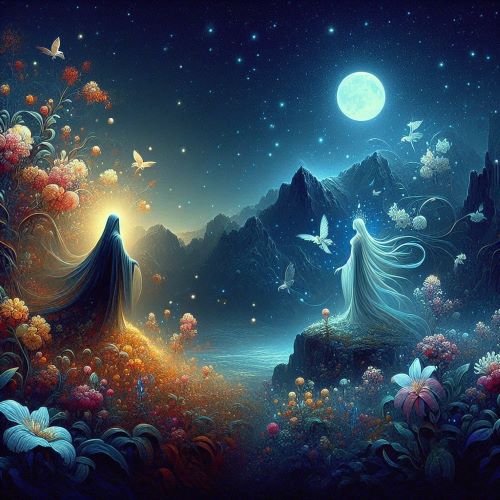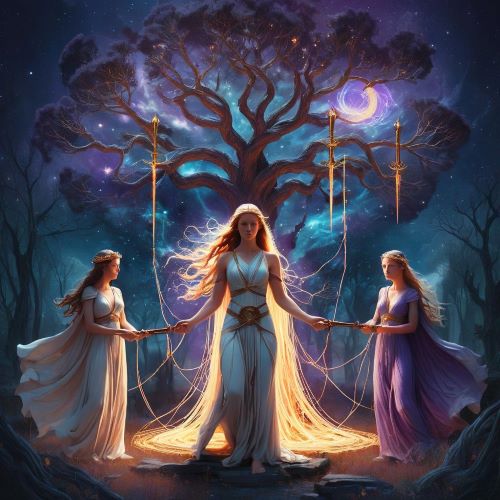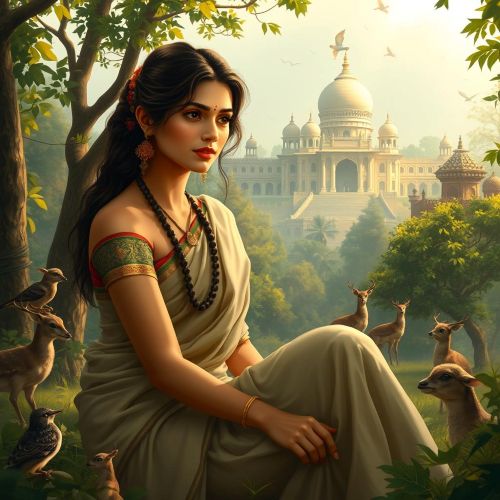
The Story of Shakuntala: Fate, Love, and the Birth of a Nation
Shakuntala is one of the most revered female characters in Indian mythology, immortalized in both the Mahabharata and Kalidasa’s Sanskrit play Abhijnana Shakuntalam. Her story is one of love, destiny, and recognition, making her an enduring symbol of devotion and grace. But who is Shakuntala in Mahabharata? To understand her significance, we must explore her origins, her tragic romance with King Dushyanta, and her role in shaping the Kuru dynasty.
The Birth and Childhood of Shakuntala
Shakuntala was born to the celestial apsara Menaka and the great sage Vishwamitra. Menaka was sent by Indra, the king of the gods, to seduce Vishwamitra and disrupt his intense penance. Although Vishwamitra and Menaka shared a brief romance, he ultimately renounced worldly desires, leaving Menaka to raise their child alone. However, fearing the repercussions of their forbidden love, Menaka abandoned the newborn in a forest.
The infant was discovered and raised by Rishi Kanva, a wise and compassionate sage. He named her Shakuntala, meaning ‘one who is protected by birds,’ as she was found amidst a flock of Shakunta birds. Under Kanva’s care, Shakuntala grew into a beautiful and virtuous young woman, embodying simplicity, grace, and devotion to her hermitage.
Shakuntala and King Dushyanta’s Love Story
One day, King Dushyanta, a powerful ruler from the Puru dynasty, stumbled upon Kanva’s ashram while on a hunting expedition. There, he encountered the radiant Shakuntala and was immediately captivated by her beauty and charm. The two soon fell deeply in love and married in a Gandharva wedding, a union recognized by mutual consent without elaborate rituals.
Before leaving for his kingdom, Dushyanta gave Shakuntala a royal ring, promising to return for her and make her his queen. However, fate had other plans. After his departure, Shakuntala, lost in thoughts of her husband, inadvertently offended the sage Durvasa by failing to welcome him properly. The irascible sage, known for his volatile temper, cursed her, saying that the person she was thinking of would forget her unless he was shown a token of their love.
The Tragic Separation and Shakuntala’s Ordeal
Shakuntala, now pregnant with Dushyanta’s child, eventually journeyed to his court, hoping to reunite with her husband. However, due to Durvasa’s curse, Dushyanta had no recollection of their marriage and denied knowing her. The heartbroken Shakuntala, humiliated and abandoned, sought refuge in the hermitage of Sage Kashyapa, where she gave birth to a son named Bharata.
Bharata grew up to be a remarkable and courageous boy, playing with wild animals and counting lions and tigers as his companions. Over time, fate intervened. The curse was lifted when Dushyanta came across the royal ring, which had been lost but was eventually found inside a fish. Instantly, memories of his time with Shakuntala flooded back. Filled with remorse, he sought her out and was reunited with both Shakuntala and their son.
Shakuntala’s Legacy in Indian Mythology
Bharata, the son of Shakuntala and Dushyanta, became a legendary ruler and the ancestor of the Kuru dynasty, which later produced the Pandavas and Kauravas of the Mahabharata. His name inspired the title ‘Bharat,’ which is still used to refer to India today.
Shakuntala’s story is one of patience, virtue, and resilience. Despite facing betrayal and adversity, she remained steadfast in her devotion, ultimately reuniting with her husband and securing a place in history as the mother of one of India’s greatest rulers.
Shakuntala in Literature and Popular Culture
The tale of Shakuntala gained widespread recognition through Kalidasa’s Abhijnana Shakuntalam (The Recognition of Shakuntala), a celebrated Sanskrit play that embellishes her story with poetic elegance. This work has influenced literature, art, and drama across generations, resonating with audiences due to its themes of love, separation, and destiny.
Modern adaptations of Shakuntala’s tale can be found in films, television series, and novels, each retelling capturing different nuances of her journey. Her story continues to be a source of inspiration, reflecting the power of perseverance and the ultimate triumph of truth and righteousness.
Conclusion
So, who is Shakuntala in Mahabharata? She is not just a queen or a mother but a symbol of unwavering love and strength. Her tale reminds us of the transformative power of destiny and the enduring nature of true devotion. From ancient scriptures to contemporary interpretations, Shakuntala’s legacy endures, making her one of the most cherished figures in Indian mythology.






